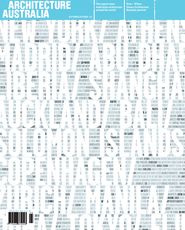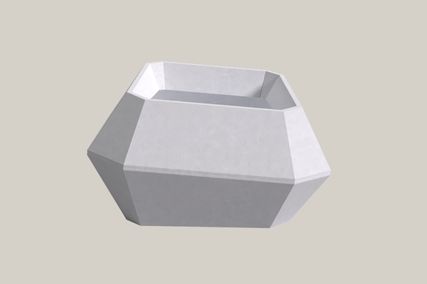EXCHANGE, DIALOGUE, EXPORT – MAPPING AUSTRALIAN ARCHITECTURE ACROSS THE GLOBE
1 How was the project commissioned, procured and delivered (especially if your office is located in a different place from the project)?
2 What was the brief and how did you respond to it?
What approach did you take to working across cultures, in terms of both process and design?
3 What did you take away from the project?
4 Did working on a project in this context influence how you will work in the future?
From the beginnings of European settlement, architects in and from Australia have actively participated in various global architectural networks – whether through travelling, working or building abroad, through publications, or, most often, a combination of the above. Despite this long history, international activity has picked up pace in the last few years, and has became even more diverse and complex. And despite the GFC, Australian architects and practices continue to do a huge amount of work elsewhere, in many and varied circumstances, and with all kinds of motivations.
So how to commission, compile and edit a single issue of Architecture Australia on this topic? The format we usually follow to present new architectural works – six to ten pages of carefully organized images and drawings, with a 1,200-word independent peer review – didn’t seem an appropriate way to proceed this time. It simply didn’t give us the space we needed to convey the density and diversity of activity, the range and spread of both people and work. Instead we have explored a number of alternative strategies.
The most exciting, delightful and exhausting of these has been two mapping exercises – we sought to map the Australian architectural diaspora, and the international locations in which Australian practices are building. To gain the information we sent out emails and calls for contributions via every means we could think of. A flood of material came back, which we fed into the maps you will find on the following pages. These are in no way comprehensive – more impressionistic crowd sourcing than all-encompassing scientific survey – but they are compelling, and hint at an even richer array of activity. The stories that accompanied this information were fascinating and also allude to an amazing range of work and approach. We have included some of the anecdote, on the diaspora map, but there is much, much more in my inbox.
We have tried to include everyone who answered, but it is only a beginning. Indeed, we hope to make a second version, so if we missed you please send your details for part two.
The project location map tells a slightly different story – the spread and density of activity is not the same. This is followed by a spread of project “snapshots”. Again the aim was to be inclusive, rather than selective. Nine particular, projects are then described in more detail in the middle of the export section – but in another experiment we have tried to tell as much as we could about each project in a single double-page spread. Tricky. The accompanying text comprises the architects’ answers to a set of questions outlined to the right. Another departure.
The analytic, interpretative work on the theme occurs in the essays which bracket the projects – they also index wide-ranging and complex situations, and again there is much more to say than can be accommodated here. A key point made by many of the essayists and architects is that encounters across cultures and locations are most effective when they are understood as exchanges, or dialogues. It is never a one-way encounter, and the most productive work comes when we recognize this.
Of course exchange also works both ways – there are many architects fr0m elsewhere working here (myself included), but this is a topic for another day, or perhaps another map.
Many other kinds of international encounters could also be mapped – competition entries and the international collaborations that often occur around these, student exchanges, the list goes on … Like any special issue of the magazine, this is just one beginning of a large topic. We hope it encourages readers to contemplate the issues further and we also hope to publish more on the topic in coming issues.
Justine Clark















